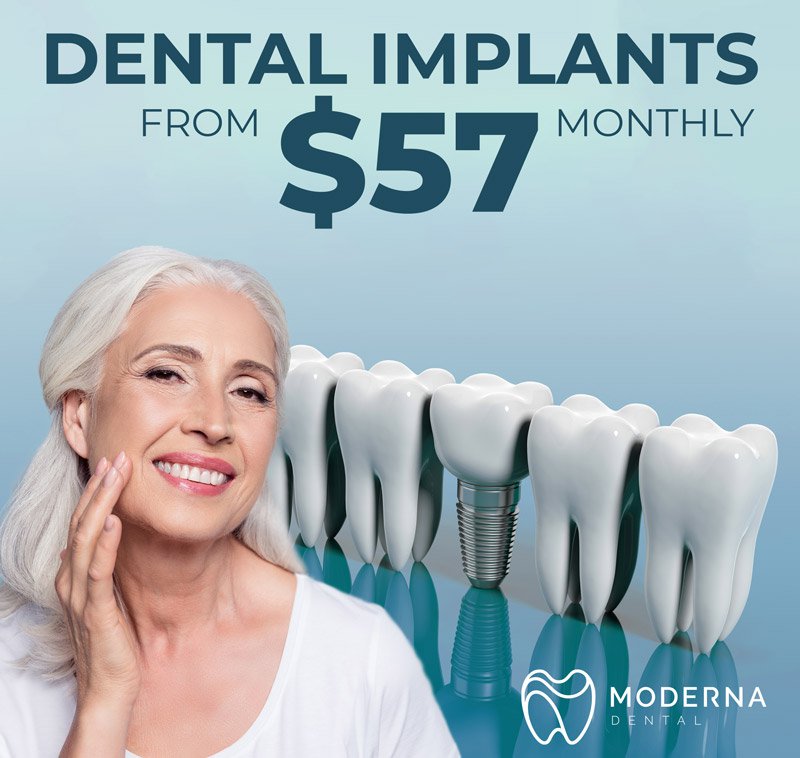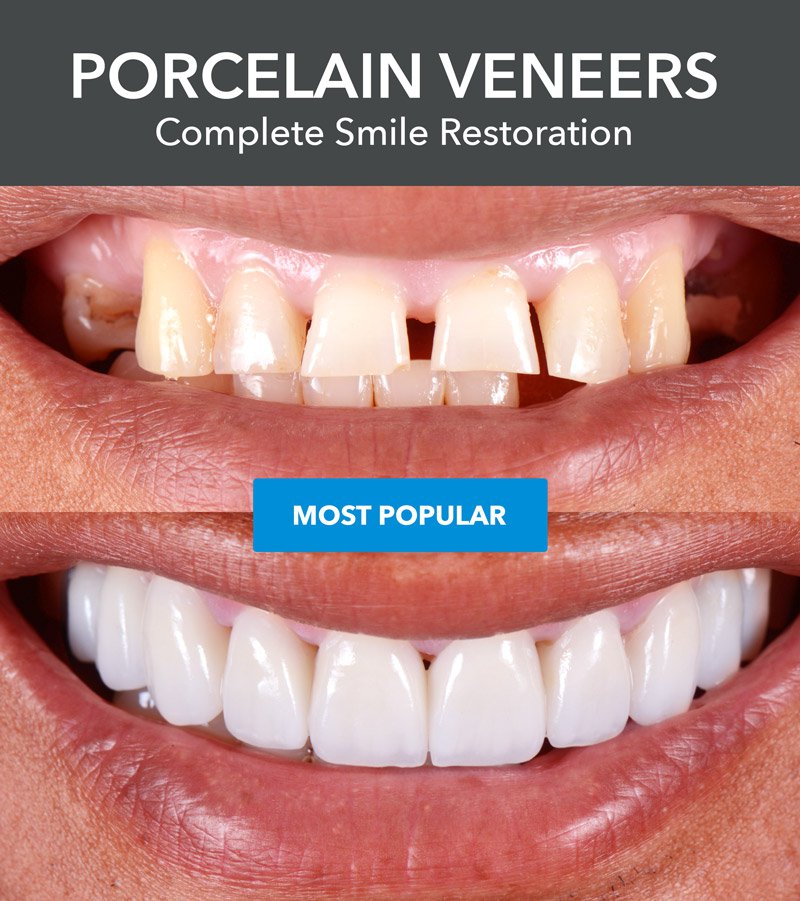A cracked or broken tooth can result from participating in a high-impact sport, but it can even occur from something more mundane, such as biting into an olive pit or grinding your teeth while you sleep. Sometimes the symptoms may not be obvious; you may experience some level pain that seems to come and go, or the tooth pain only presents itself when the tooth is exposed to pressure or change in temperature. Even if you can live with the pain, a cracked or broken tooth should never be ignored. Allowing a compromised tooth to go untreated can lead to painful infections down the road — even tooth loss. The team at Moderna Smile offers a number of treatment options for those who have experienced a cracked or broken tooth. Read on to learn more.
The symptoms of a cracked or broken tooth are not always obvious — especially when it is a fracture on a back molar. If you have a cracked or broken tooth, you may experience one or more of the following symptoms:
- Sensitivity to changes in temperature
- Pain while chewing
- Foul taste in mouth
- Puss around affected tooth
- Sensitivity or pain in response to pressure
All toothaches — whether caused by a cavity, infection, or damaged tooth — have one thing in common: increased pressure on the nerves within the tooth. The nerves in your teeth and around your gums are part of the cranial nerve system. These are also some of the most sensitive nerves in the human body. It may be painful, but it’s your body’s way of telling you there is a problem that needs to be corrected.
When you visit the dentist to have a cracked or broken tooth treated, they will recommend a treatment that considers the location and severity of the crack. Location is a major factor that will influence the recommended treatment. For example, a dentist might recommend placing a crown on a cracked molar, whereas a cracked incisor would receive a filling.
Some common treatments for cracked and broken teeth include:
Dental bonding and veneers. When a tooth has a superficial fracture, meaning only the enamel is damaged, the dentist might recommend a cosmetic treatment such as tooth bonding or veneer. These treatments can also be used on "craze lines," which are shallow cracks that are common in adult teeth, but are considered low risk.
Fillings and sealants. When a crack in the tooth poses a risk of bacterial infection, a dentist will often recommend either a filling or sealant. These two treatment options will not strengthen the tooth, but they are helpful in preventing tooth decay.
Root canal therapy. If a patient delays seeking treatment for a tooth fracture, a root canal in the tooth may become infected. To treat the infection (and save the tooth), a root canal treatment will likely be recommended. The tooth will likely be restored with a dental crown.
Dental crown. A dental crown can be considered both a cosmetic and restorative treatment. The crown helps to restore the strength of the tooth while also concealing the injury. Crowns are sometimes recommended in repairing a fractured cusp (part of biting surface), especially if it is near a previous restoration.
In extreme cases where a tooth cannot be saved following dental trauma, the dentist may recommend extracting the tooth and replacing it with either a dental bridge or crown-supported implant.



